The inclusion of drama and art in education enhances the creative and analytical thinking of the students. It enhances their confidence and boosts their collaborative skills, leading to a holistic development.
Table of Contents
Drama and art in education are two important facets of learning in the present times. Drama and art aid the students in an open expression and voicing out of their thoughts. They fuel creativity and self-confidence. Art fosters creativity and analytical skills, while drama teaches the students to work collectively, in a collaborative environment.
What are Art and Drama?
Drama and Art has always been a part of the education system in India. Value education is something that has been stressed since times immemorial. Critical thinking and analysing a situation is possible only when the learning and imbibing is deeper. Two of the most important forms of artistic expression are drama and art. These two fields of education call for a holistic involvement of the student, both intellectually and emotionally.
Also Check: 10 Prioritization Techniques for Student Productivity
Importance of Drama and Art in Education
Drama and art in education have a major role to play in the overall development of the students. While inducing critical thinking, they underline the necessity of value education. Both are important for the expression of self and free thinking. Including drama and art in education plays a big role in the intellectual and emotional development of students.
The importance of drama and art in education is huge. Listed below are some of those:
1. Holistic Growth
Both art and drama have a crucial role to play in fostering the overall emotional as well as social growth of the students. They learn interaction skills and develop empathy. Drama and art include varied themes. These themes place the students in different contexts where they learn the art of managing emotions. Empathy is a big character trait and real-life skill that they acquire through drama and art.
2. Working in Collaboration
Drama and art in education play a crucial role in developing collaboration among the students. Their collaborative thinking and viewing of a situation is improved. When they are working on various projects of art and drama, they learn collaborative thinking. They learn the skills of cooperation. They work together on a number of perspectives and learn collective thinking.
3. Increased Creative Thinking
Needless to say, any form of art will foster creative thinking in an individual. So, the students know how to think creatively when faced with a real-life situation. The topics given to work in, often stimulate the creative thinking of the students. Not only that, they also learn from each other’s creativity. The result of a particular project becomes much more improved when the students' creative skills are poured in together.
Also Check: 5 Advantages and Disadvantages of Online Education
4. Analytical and Problem Solving Skills
This is yet another skill that helps students overcome real-life tricky situations. Through drama and art in education, the students are put through situations that require problem-solving ability. It also teaches them analytical skills. When given a situation, they would not just be able to analyse the situation critically but would be able to solve that as well. One more thing that they learn is analysing the problem and finding a solution to that in a collaborative way.
5. Academic Improvement
The academic performance of the students are enhanced and improved when they are involved in drama and art in education. They develop a practical view of life and perspectives. The learning of scripts in the drama and role-playing, learning the situations and specific responses to them, help them grasp the academics better. In drama and arts, all the sensory skills of the students get involved, including auditory, visual, and kinesthetic. This helps the students retain their lessons for a longer period of time, enhancing their memory skills.
6. Increased Self Confidence
The self-confidence of the students finds a great boost through drama and art in education. Learning the scripts or explaining their art-form helps them grow confidence in themselves. This improves their confidence to great extent as they develop the skills to express their views in public. They excel in the art of public speaking. Their communication skills are also enhanced as they know how to place their opinion and accept the opinions of others.
7. Awareness of the Self
Drama and art help the students give free rein to thinking. This allows them to speak confidently while being aware of one’s capabilities. The students know their emotions in a better way and also master the skill of controlling them.
Also Check: Skill Development Courses List for Students 2023
Advantages of Art in Education
There are a lot of benefits to including art in education. The list below shows the advantages:
- Art leads to a holistic development of the students.
- Their motor skills are enhanced, along with their capacity for decision-making when faced with a real life problem.
- Being associated with art triggers a creative response in the students towards any situation in life.
- The importance of visual arts in learning is that it teaches the students about different perspectives and how to draw a balance between them.
Advantages of Drama in Education
Drama has a significant role to play in the academic and real-life of the students. This form of art has a number of advantages, which have been listed under:
- Drama plays a significant role in the overall development of the students.
- It fosters creativity in the students as they learn to think creatively and collectively in a specific situation.
- They can place themselves with enhanced confidence.
- Drama seeks to improve both the verbal skills as well as the non-verbal skills of communication in the students.
- They work collaboratively on a project, so they also learn to trust each other.
Also Check: Tips to Overcome Anxiety on Exam Day
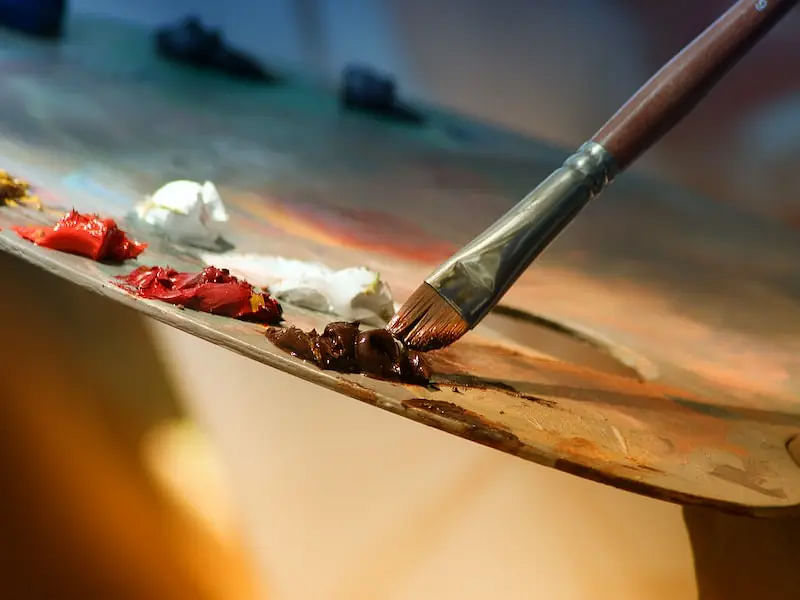
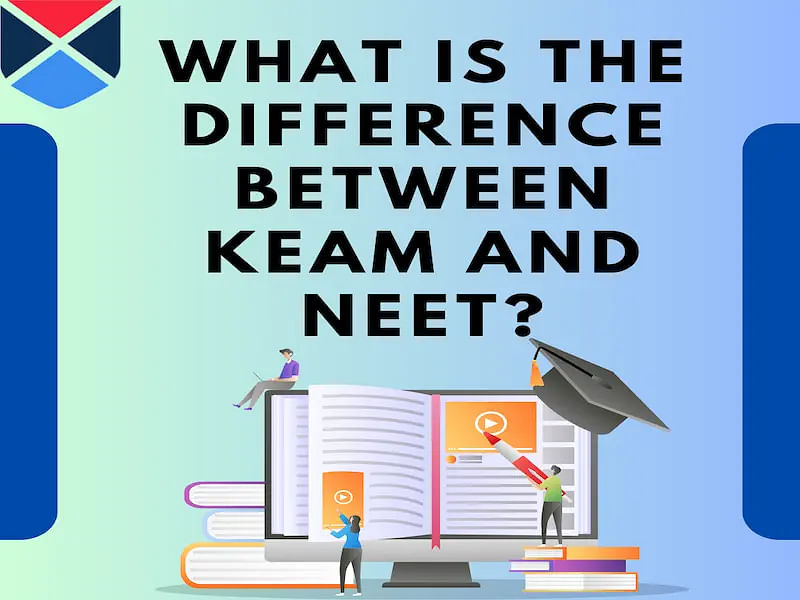



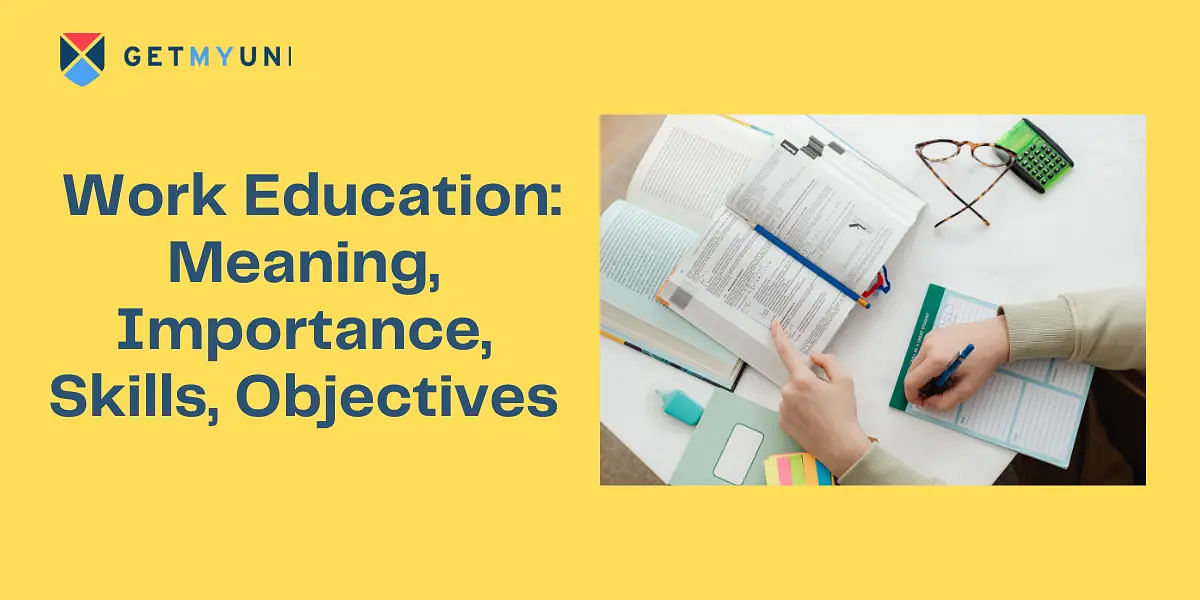



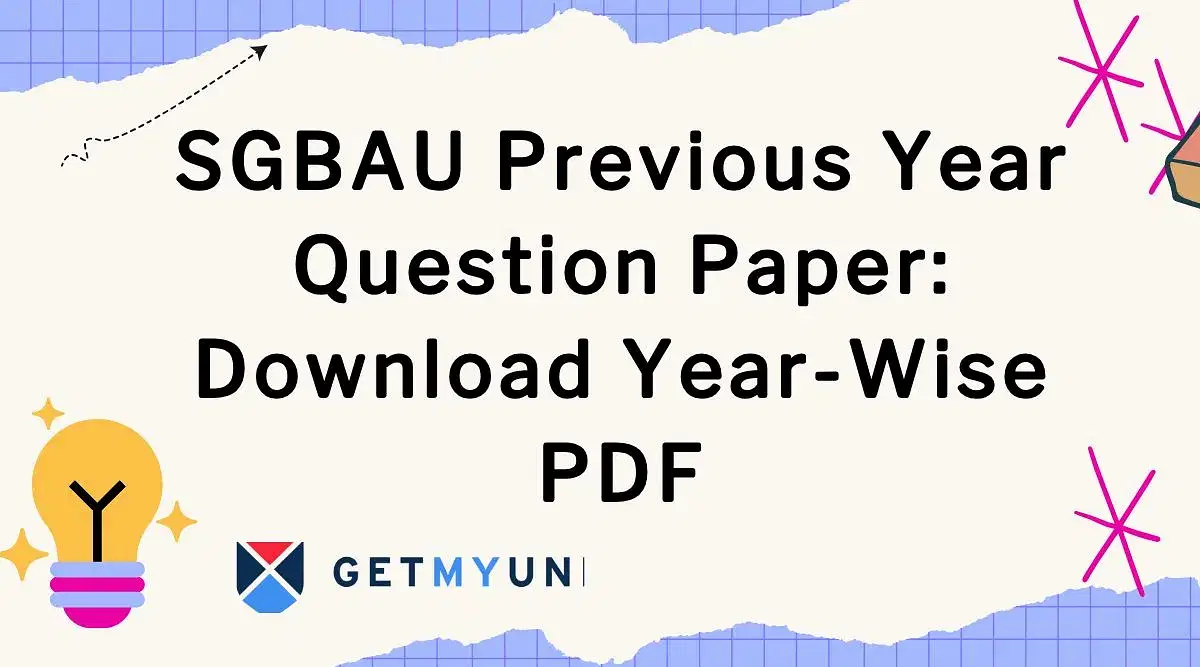

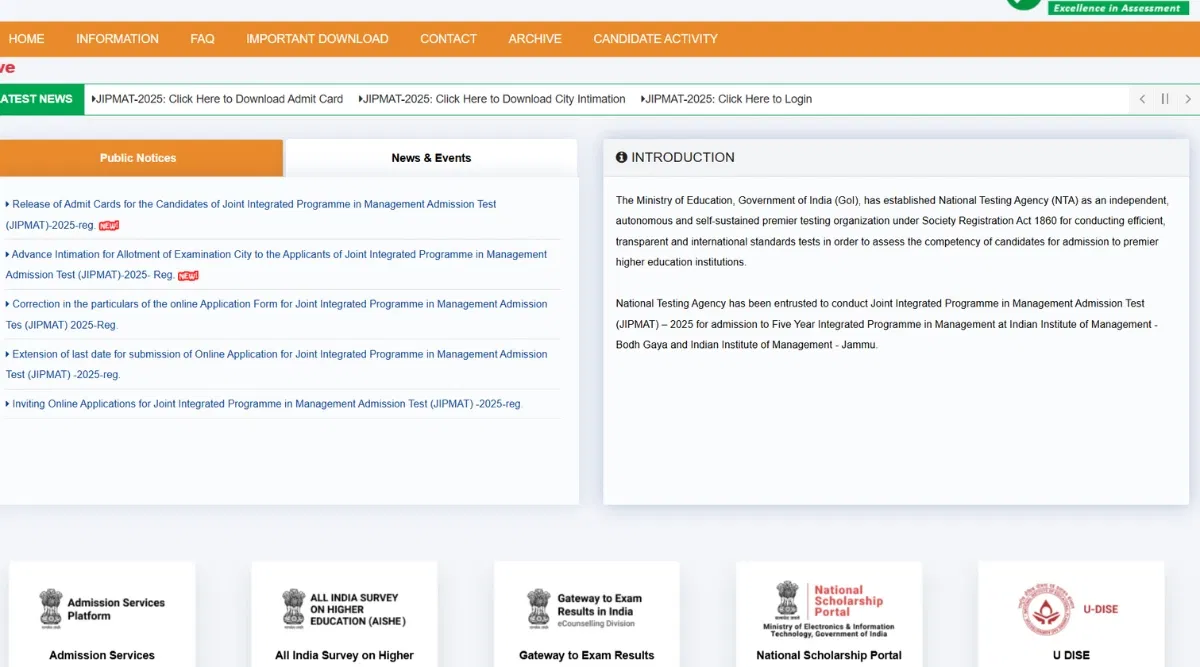
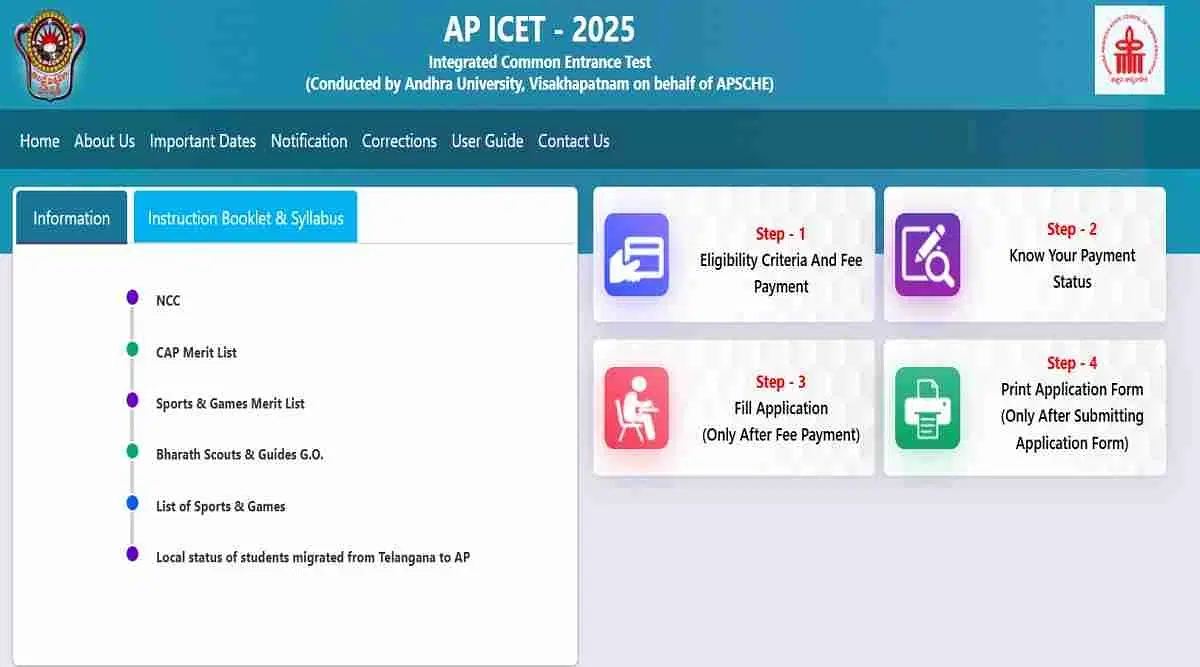

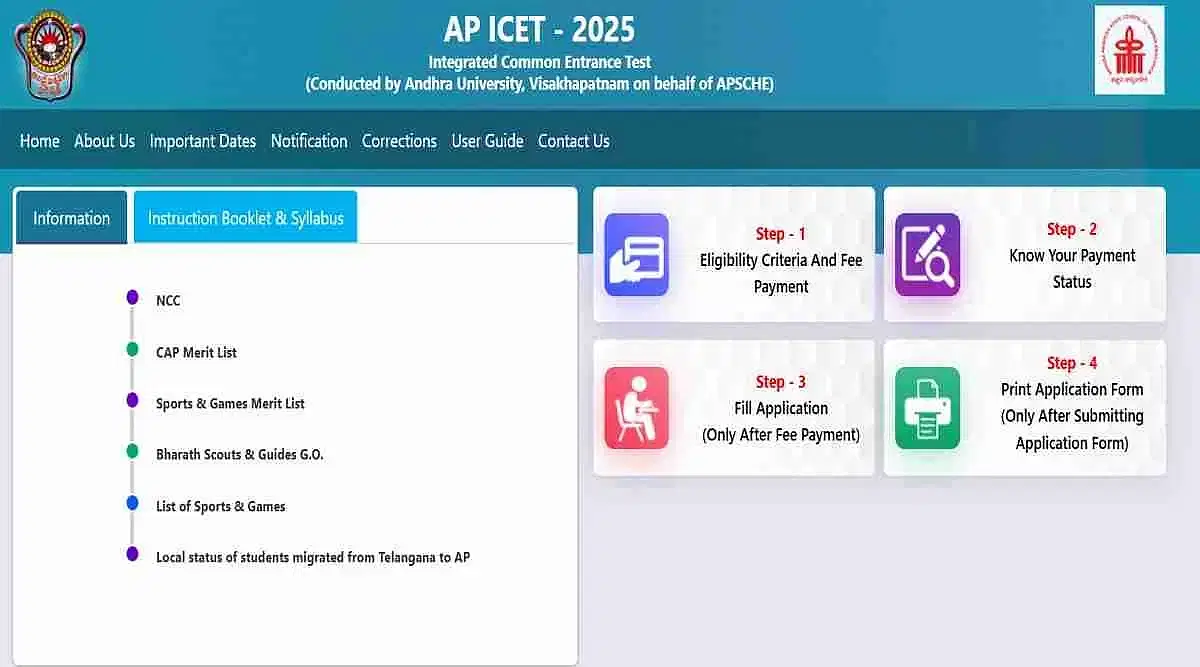




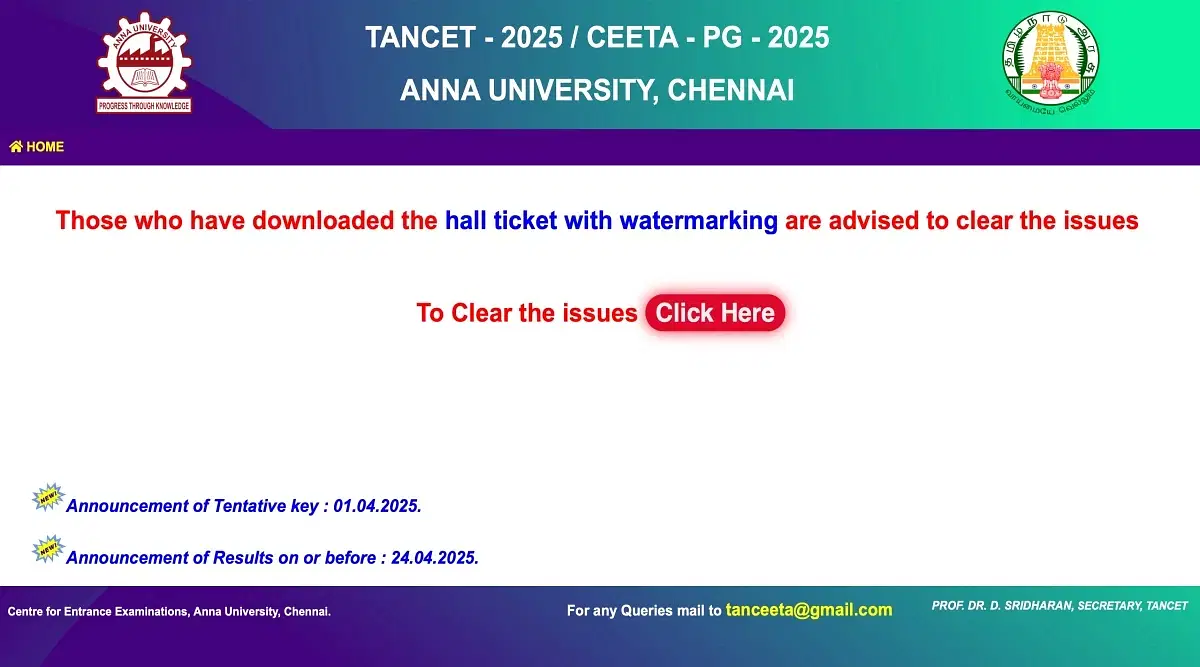






POST YOUR COMMENT